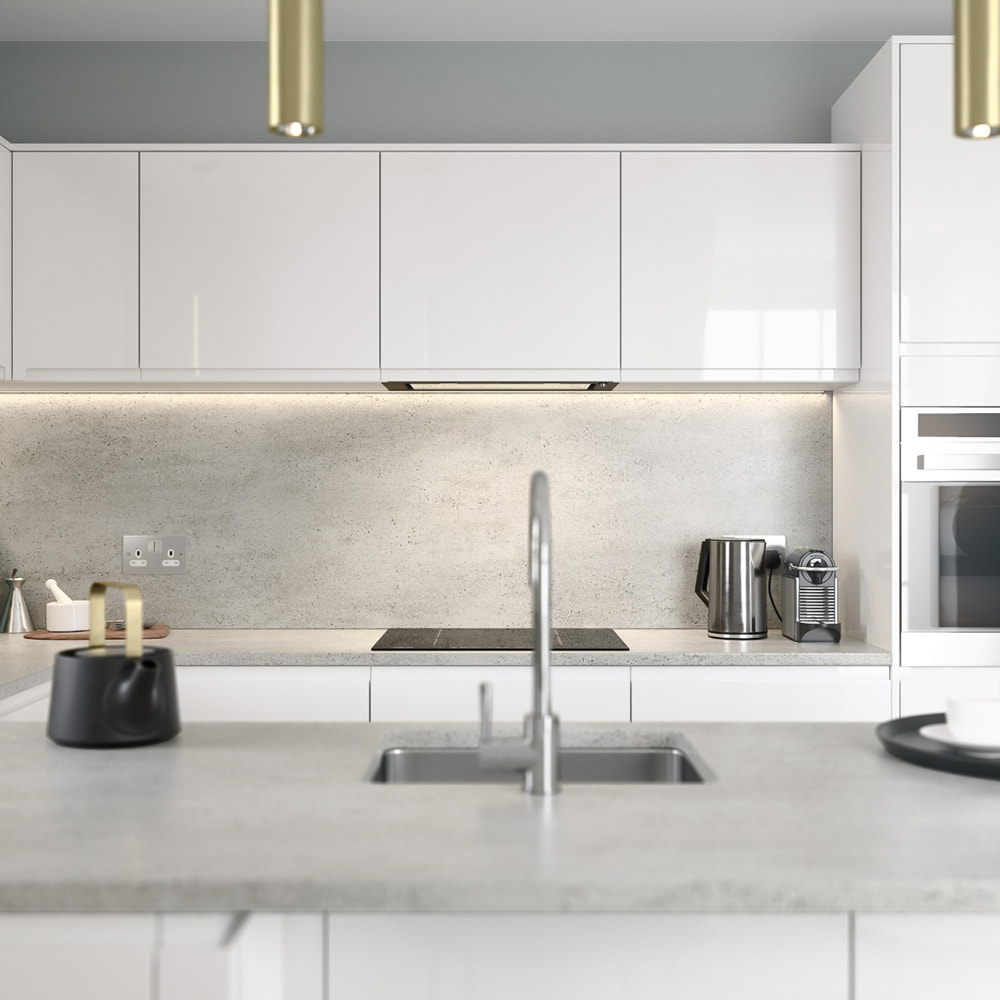In modern industry and daily life, plastic materials are widely used due to their lightness, durability and diversity. Among them, PETG Laminate Sheet, as a high-performance composite material, is gradually becoming an important choice for many industries. Whether in packaging, construction or electronics, PETG laminates have won wide recognition for their excellent performance and environmental advantages.
PETG laminates not only inherit the excellent performance of PETG, but also enhance impact resistance, chemical resistance and decorative effects through lamination, making them suitable for a variety of high-end applications.
PETG laminates have excellent optical properties, smooth surface and high transparency, which can present a crystal clear effect. This feature makes it excel in applications that require visual appeal, such as display stands, billboards and packaging boxes.
Compared with ordinary plastics, PETG laminates have stronger impact resistance and are not easy to crack or deform. This feature makes it very suitable for scenes that require high strength and durability.

PETG laminates have high tolerance to a variety of chemicals (such as acids, alkalis and solvents), and can maintain stable performance in harsh environments. This makes it an ideal choice for laboratory equipment, chemical containers and other fields.
PETG is a recyclable material that is in line with the global trend of sustainable development. By using PETG laminates, companies can reduce their impact on the environment while meeting consumer demand for green products.
PETG laminates can be processed in a variety of ways, such as cutting, bending, and thermoforming, to meet different design needs. Its flexibility and formability provide designers with greater creative space.
Diverse decorative effects
Through the lamination process, PETG laminates can achieve rich colors, textures, and pattern effects to meet personalized customization needs. For example, it can imitate the appearance of wood, stone or metal while retaining the lightweight properties of plastic.
The production process of PETG laminates usually includes the following key steps:
Raw material preparation
First, select high-quality PETG film as the substrate, and select suitable laminating materials (such as paper, fabric or metal foil) according to the needs. These materials are subject to strict quality testing to ensure the performance of the final product.
Gluing and bonding
Apply a special adhesive between the PETG film and the laminating material, and then firmly combine them together through a hot or cold pressing process. The choice of adhesive directly affects the strength and durability of the laminate.
Hot Press Forming
The coated material is fed into a hot press and cured under high temperature and pressure. This process ensures a tight bond between the layers and improves the overall performance of the board.
Cooling and Finishing
The formed PETG laminate needs to be cooled and shaped, followed by cutting, grinding and edge processing to achieve the required size and appearance requirements.
Quality Inspection
The final product is subject to rigorous testing, including indicators such as impact resistance, chemical resistance and surface hardness to ensure that it meets industry standards.
Application Scenarios of PETG Laminates
PETG laminates are widely used in many fields due to their diverse characteristics and excellent performance:
Packaging Industry
PETG laminates are often used to make high-end packaging boxes, cosmetic bottles and food containers. Its high transparency and decorative effects can enhance the visual appeal of the product while ensuring the safety of the contents.
Construction and Interior Decoration
In the construction field, PETG laminates can be used to make partitions, wall decoration panels and furniture panels. Its lightness and plasticity make it easy to install while providing a wide range of design options.
Electronics and Appliances
PETG laminates are widely used in electronic equipment housings, display screen protective films, and circuit board covering materials due to their good insulation and chemical resistance.
Advertising and Display
In the advertising industry, PETG laminates are often used to make display racks, signboards, and light boxes. Its high transparency and easy processing make it an ideal material for display design.
Medical and Laboratory
Medical devices and laboratory equipment have high requirements for material hygiene and chemical resistance. PETG laminates meet these requirements and can be used to make protective covers, lockers, and instrument housings.
When purchasing PETG laminates, you should focus on the following points:
Material quality: Choose products with high-quality PETG and high-quality laminates to ensure their stable performance.
Supplier qualifications: Prioritize experienced professional manufacturers to ensure product quality and after-sales service.
Customization capabilities: If special specifications or decorative effects are required, confirm whether the supplier has the corresponding technical support.
Environmental certification: Choose products that meet international environmental standards to reduce the impact on the environment.
As a high-performance composite material, PETG laminate is showing great potential in multiple industries. Its excellent physical properties, environmental characteristics and diverse design possibilities make it an important part of modern industry and daily life. With the continuous advancement of technology and the growth of market demand, PETG laminate will surely play a more important role in the future and bring more convenience and innovation to human society.


 English
English 中文简体
中文简体









